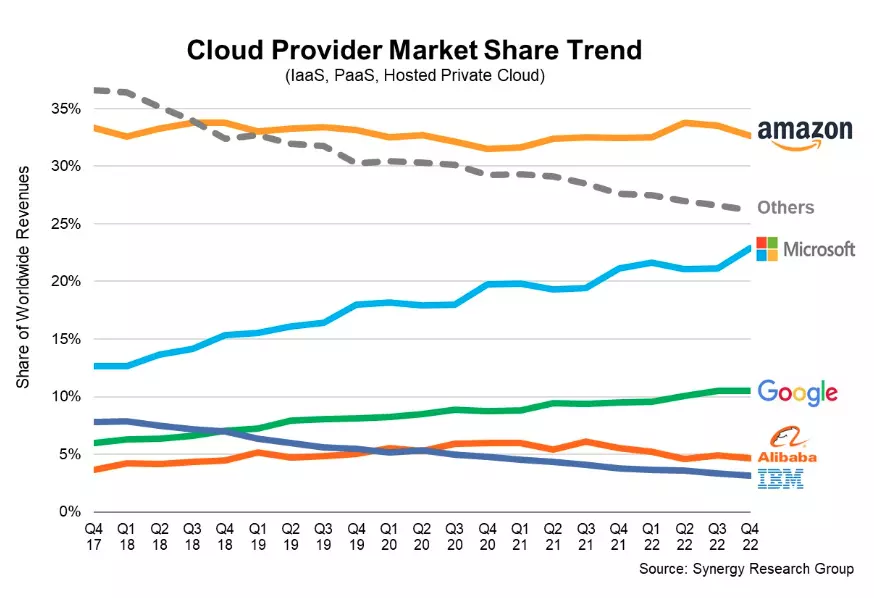Maximize Performance with LinkDaddy Cloud Services for Your Company
Maximize Performance with LinkDaddy Cloud Services for Your Company
Blog Article
Simplifying Operations and Processes With Cloud Services Automation
In today's quickly advancing digital landscape, businesses are constantly looking for methods to improve their operations and raise performance. One solution that has gained substantial traction is the adoption of cloud services automation. By leveraging automated procedures in the cloud, companies can streamline complex workflows, boost efficiency, and decrease hand-operated mistakes. However, the advantages of cloud solutions automation extend much beyond mere effectiveness gains. Remain tuned to discover how this transformative technology can revolutionize the method services run, team up, and protect their information.
Benefits of Cloud Providers Automation
Cloud services automation provides significant benefits for companies looking for to simplify operations and boost effectiveness in their electronic infrastructure. Among the primary benefits of cloud solutions automation is the capacity to increase agility and scalability within a company. By automating various tasks such as provisioning, arrangement, and monitoring of cloud resources, companies can react quicker to changing needs and scale their operations much more efficiently.
Additionally, cloud solutions automation assists in minimizing human errors that can happen throughout hand-operated processes - Cloud Services. Automated operations guarantee consistency and precision in the implementation and management of cloud solutions, inevitably resulting in boosted reliability of digital systems. This, in turn, boosts total functional effectiveness and decreases downtime as a result of mistakes
Furthermore, cloud services automation enables expense savings by enhancing resource application and decreasing the need for hands-on intervention. By automating regular tasks, companies can reapportion human resources to extra calculated initiatives, driving advancement and competitiveness in the marketplace. On the whole, the benefits of cloud services automation are instrumental in updating service procedures and accomplishing lasting growth in the digital era.
Carrying Out Cloud Automation Equipment
Building on the advantages highlighted in the previous discussion, the implementation of automation tools in cloud solutions enhances operational performance and optimizes resource use within companies. When implementing cloud automation tools, it is important to very first assess the details needs and objectives of the company to align the automation strategy with the total business objectives. This involves recognizing repetitive tasks, hand-operated procedures, and bottlenecks that can be automated to enhance operations.

Furthermore, companies must buy training and upskilling their workforce to effectively utilize the cloud automation devices and maximize their advantages. Continual monitoring, examination, and optimization of the automation procedures are additionally crucial to make certain ongoing performance and effectiveness in attaining company purposes. By thoughtfully implementing cloud automation tools, organizations can drive development, boost dexterity, and remain competitive in today's quickly evolving digital landscape.
Enhancing Collaboration With Cloud Automation
Enhancing collaboration through the strategic execution of automation tools in cloud solutions promotes synergistic connections amongst group members and stakeholders, ultimately driving performance and innovation in organizational process. Cloud automation tools assist in smooth integration of tasks and data, making it possible for group participants to access info promptly and add concurrently to projects. Cloud automation enhances presence and openness, as team members can track progression, recognize bottlenecks, and allocate sources efficiently.
Safety And Security Factors To Consider in Cloud Automation

Additionally, constant surveillance and bookkeeping of cloud automation procedures are necessary to detect any anomalies or dubious tasks promptly. Routine security evaluations and penetration testing can aid identify vulnerabilities before they are manipulated by malicious stars. It is additionally vital to develop clear policies and procedures regarding information handling, access control, and event response to preserve a protected cloud setting.
Collaboration with knowledgeable cloud security professionals and leveraging advanced safety tools can additionally boost the defense of delicate data and improve safety administration in cloud automation workflows. By prioritizing security considerations, companies can make best use of the advantages of cloud automation while guarding their beneficial assets from prospective dangers.
Gauging Success in Cloud Automation
Accomplishing quantifiable outcomes read this and assessing efficiency metrics are important parts of assessing the efficiency of cloud automation important source executions within companies. By defining crucial efficiency indicators (KPIs) upfront, companies can track progress and establish the effect of cloud automation on their operations. Metrics such as cost savings, time-to-market, resource usage, and mistake reduction can supply valuable insights into the success of cloud automation efforts.
One important aspect of measuring success in cloud automation is lining up KPIs with the company's total objectives and purposes. This guarantees that the metrics being tracked directly add to strategic results. Frequently keeping an eye on these KPIs allows organizations to adjust and maximize their cloud automation processes continually.
Additionally, comments from stakeholders in any way degrees of the organization can offer important viewpoints on the effectiveness of cloud automation remedies. By integrating this responses into performance evaluations, businesses can make educated choices to drive effectiveness and advancement with cloud automation. Ultimately, gauging success in cloud automation requires an alternative approach that takes into consideration both measurable metrics and qualitative feedback to assess the full effect of automation efforts.
Verdict
Applying cloud automation tools can simplify processes and operations, leading to enhanced efficiency. By measuring success metrics, companies can guarantee that their cloud automation efforts are delivering the preferred end results.

As organizations welcome the performances and collective benefits of automation devices in cloud solutions, resolving protection considerations becomes extremely important to secure sensitive data and mitigate possible dangers - cloud services press release. Eventually, measuring success in cloud automation needs a holistic approach that takes into consideration both quantitative metrics and qualitative feedback to determine the complete effect of automation initiatives
Report this page